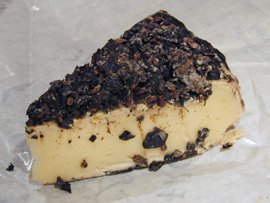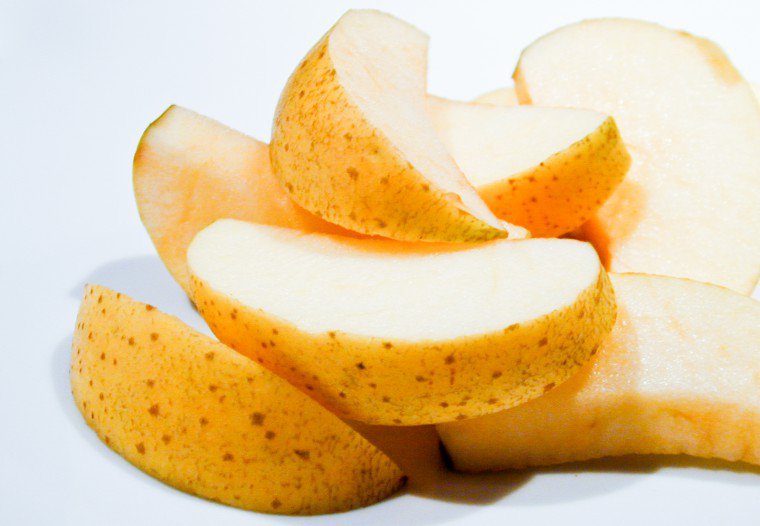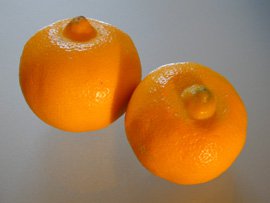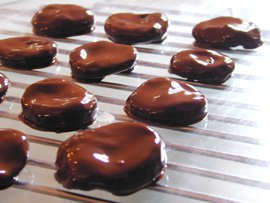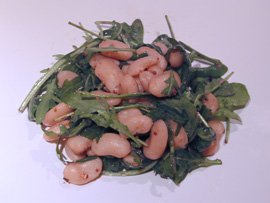
[Warm Tarbais Bean Salad with Walnut Oil]
The 11th edition of Is My Blog Burning?, the world-famous collaborative food blogging event, is hosted by Cathy and her theme of choice is Beans!
For my contribution, it seemed only fitting that I use the prince of beans, a.k.a Le Haricot Tarbais. Originally brought back from the New World in the 16th century, this white kidney-shaped bean is now grown specifically in the region of Tarbes, a town in the Hautes-Pyrénées. It is the only bean protected by a Label Rouge and a regional appelation, that guarantee its production method and quality.
The Haricot Tarbais has an exceptionally thin skin which underlines its soft and non-mealy texture, but still allows it to keep its shape while cooking (and makes it easier to digest, too). The richness and acidity of the soil, as well as the mix of mountain and ocean climates it grows in, result in a very subtle and unique taste.
Tarbais beans can be bought fresh, semi-dry or dry: the dry ones are usually sold at about 12 euros a kilo, making them a miniature luxury. They are much appreciated in a variety of local dishes (cassoulet, garbure…), and were more recently brought back into the limelight by a few famed chefs.
The interesting thing about the Tarbais bean is that the plant has a way of growing and blossoming that makes mecanical harvesting impossible: only the human hand will do. In the sixties, its culture was progressively abandoned because it was too costly. A few patches thankfully remained in the back of farms, harvested by the farmer’s family for their own consumption. In the eighties however, a few local farmers decided to bring the tradition back to life, and started lobbying for the proper protection of the Tarbais bean, which finally led to the creation of the Label Rouge.
I had bought a bag of these precious dry beans at G.Detou a little while back, and since this was my first time cooking with them, I decided to go for a no-frills recipe that would showcase their taste and texture in the most simple way: a warm salad sounded like a good idea on a winter night. It turned out delightfully satisfying, the peppery rucola teasing the beans’ softness, and the walnut oil dressing a great match to their nutty flavor. This will be great served as a first course, or as a side to duck or game.
Continue reading »
